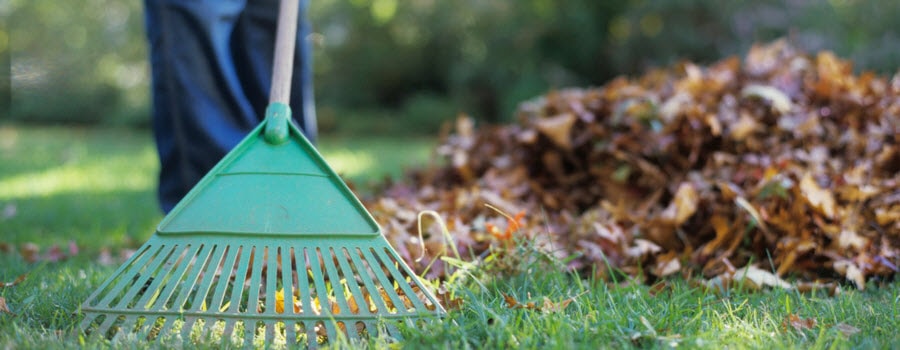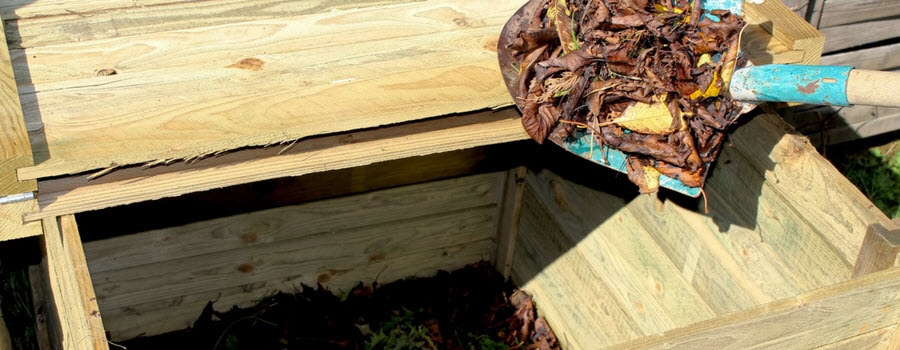Eco-Friendly Fall Tips: Mow, Don’t Rake Fall Leaves
- horticulturist and gardening expertOctober 23, 2017

Recycle fall leaves into compost, a soil amendment or a nutritious topdressing for the lawn. It saves time, improves your landscape, and is good for the environment.
Shred fall leaves with a mower and leave them on the lawn. As long as the grass blades can be seen for the leaf pieces, the lawn will be fine. Those shredded leaves will break down adding nutrients and organic matter to the soil.
It is also a good time to make your last application of fertilizer for your lawn. Use a slow release slow-release nitrogen fertilizer, like Milorganite, that won’t burn the lawn. Plus, the phosphorous is non-leaching and recent research found when the micro-organisms break down this fertilizer some of the phosphorous and potassium tied up in the soil is released for plants to use.
Northern gardeners with bluegrass, fescue and rye grass lawns can make their last application in late fall before the ground freezes. Those in the south growing Bermuda, St Augustine and other warm weather grasses can make their last fertilization about one month before the lawn goes dormant. That’s about the time of the first killing frost. Fertilizing later can result in winter damage.
Bag any leaves you don’t want to leave on the lawn and dig them into annual flower and vegetable gardens. They will break down over winter improving the soil.
Use any remaining shredded leaves as mulch on the soil around perennials, trees and shrubs. The shredded leaves help conserve moisture, moderate temperature extremes and reduce weed problems. And once decomposed, help improve the soil.

Still leaves left? Start a compost pile by mixing fall leaves with other yard waste. Don’t add aggressive weeds or those gone to seed. Leave insect and disease infested or chemically treated plant debris out of the pile. Don’t add fat, meat and other animal products that can attract rodents. Moisten and occasionally turn the pile to speed up the process. Soon it will turn into a wonderful soil conditioner to put back into the landscape.

